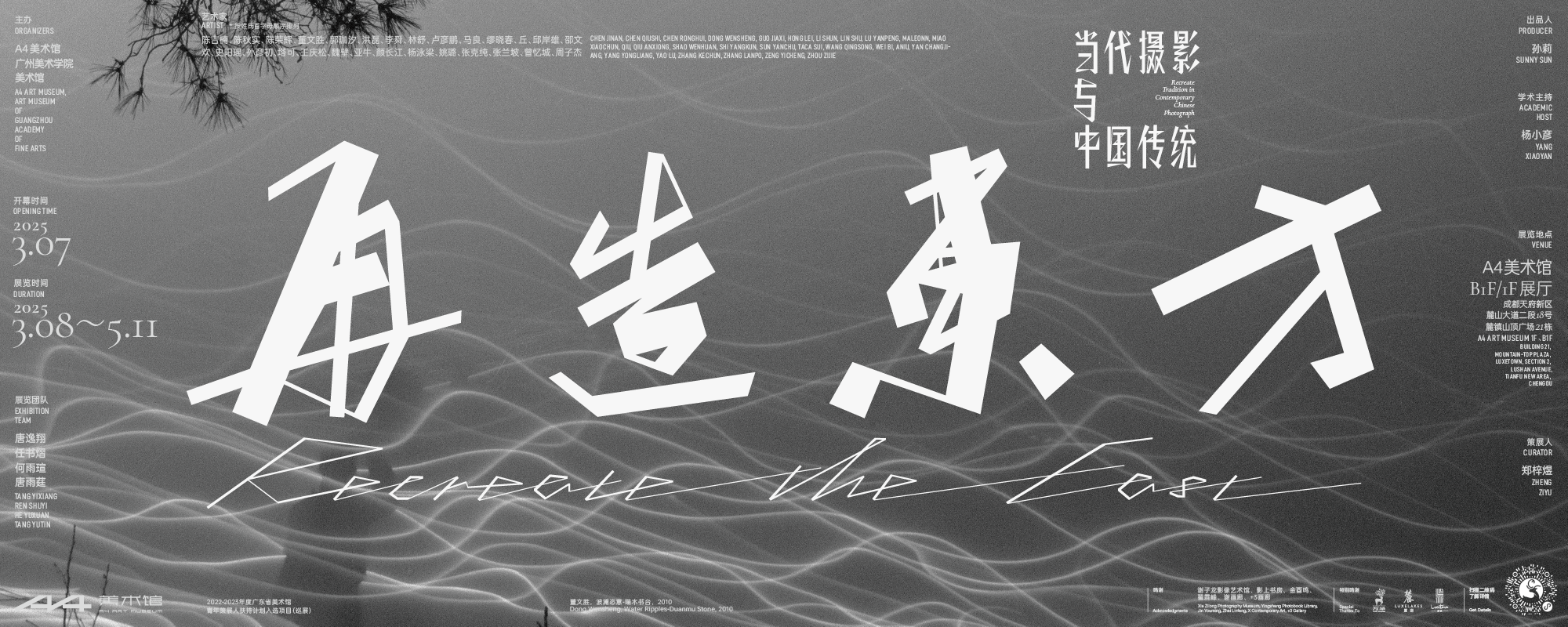Since its introduction to China in 1844, the development of photography has never been a neutral transnational flow of technology or a standardized medium’s global expansion, but rather a collision and fusion between two cultural systems and visual experiences.
During the 1920s-1930s, as photography in China transitioned from utilitarian craftsmanship in photo studios to an amateur art form embraced by intellectuals, it was not only imbued with the aesthetic sensibilities akin to ancient literati’s concept of “cultivation through art” (you yu yi), but also gave birth to a “Sinified” discursive practice, with its quintessential approach being the emulation of literati painting. This phenomenon of “Chinese localization” in photography reflects the projection of modern nation-states’ notions of “cultural subjectivity” and “identity formation” within the medium.
By the late 20th century, Chinese artists operating in the globalized context faced a primary dilemma: Compared to the surging experimental media practices and avant-garde competitions in the global art scene, photography—constrained by its documentary obligations and aestheticized traditions—appeared insufficiently radical. Yet within China’s broader narrative of integrating into global art, “cultural identity” emerged as a prominent issue in globalized artistic discourse, where tradition simultaneously presented contextual challenges and offered motifs and stylistic resources.
This exhibition addresses these issues by systematically examining the artistic phenomena emerging around 2000, where contemporary photographic practices engaged in adopting and reconfiguring traditional Chinese painting, calligraphy, theater, and classical texts. It seeks to clarify the historical origins, temporal contexts, typological evolution, and academic rationale behind this grand phenomenon. Through curating the most representative works from numerous creations, the exhibition manifests as a structurally coherent, hierarchically clear, and detail-rich curatorial practice complemented by public educational programs.
